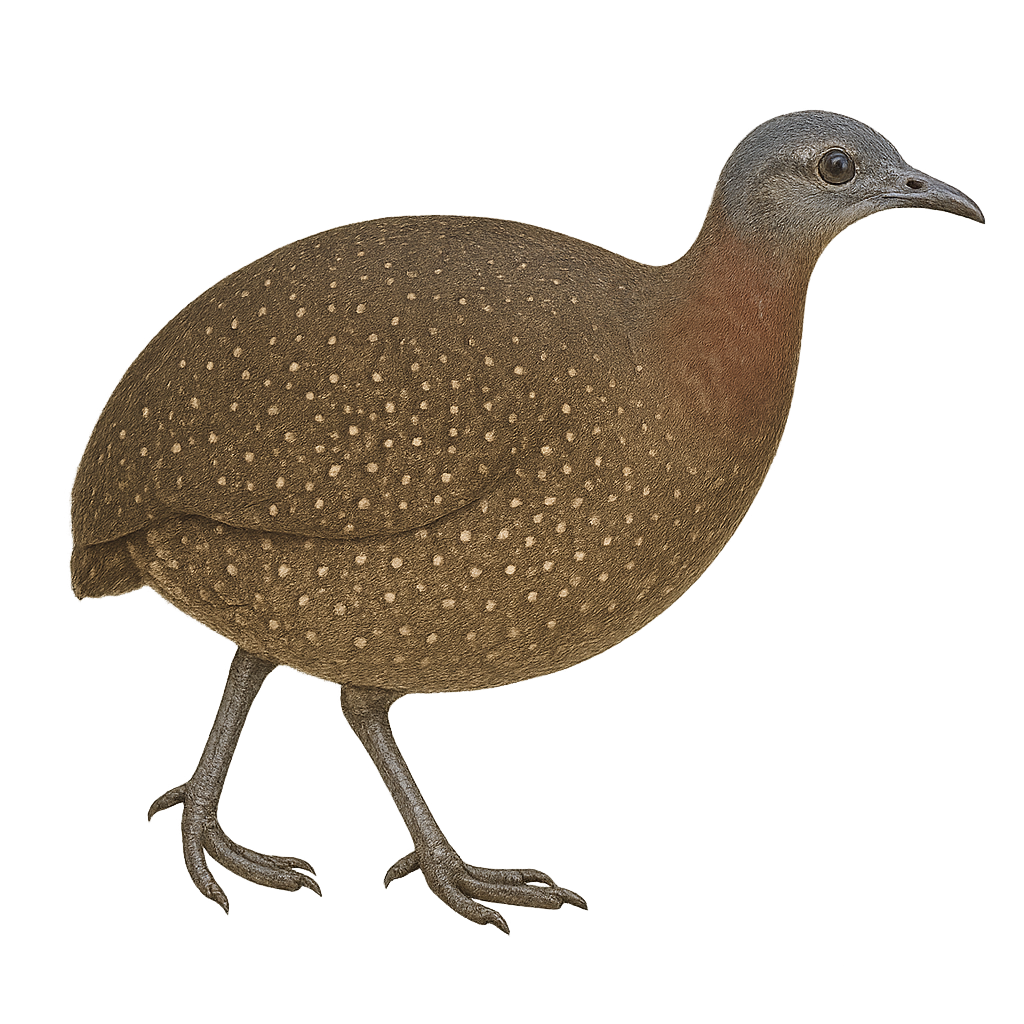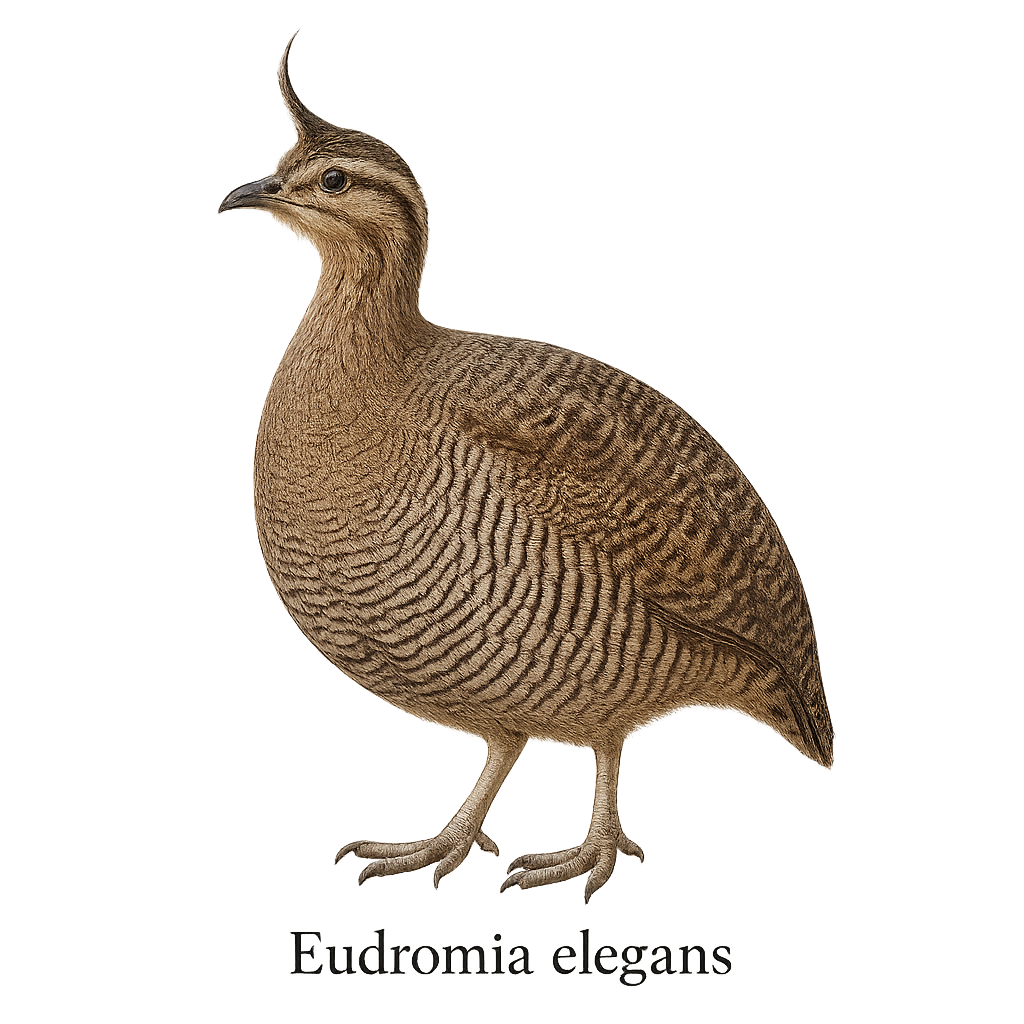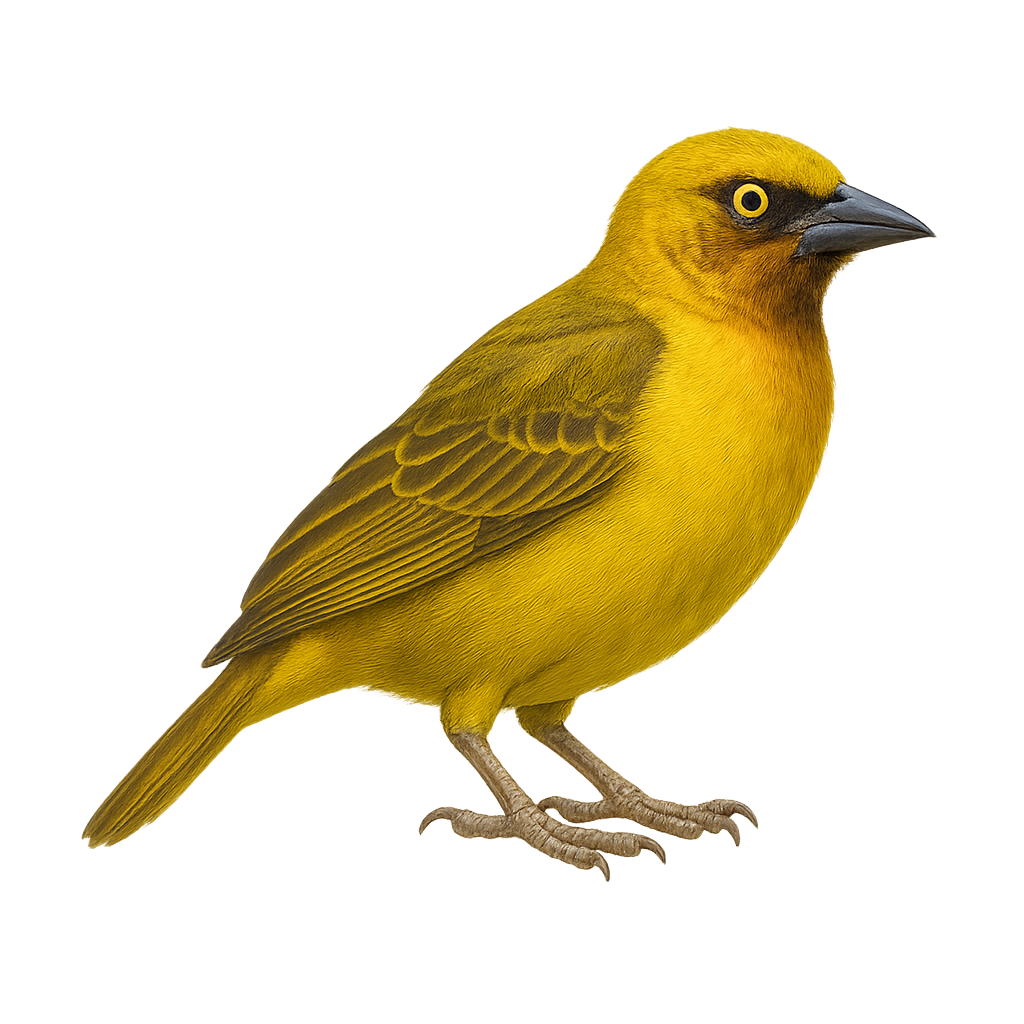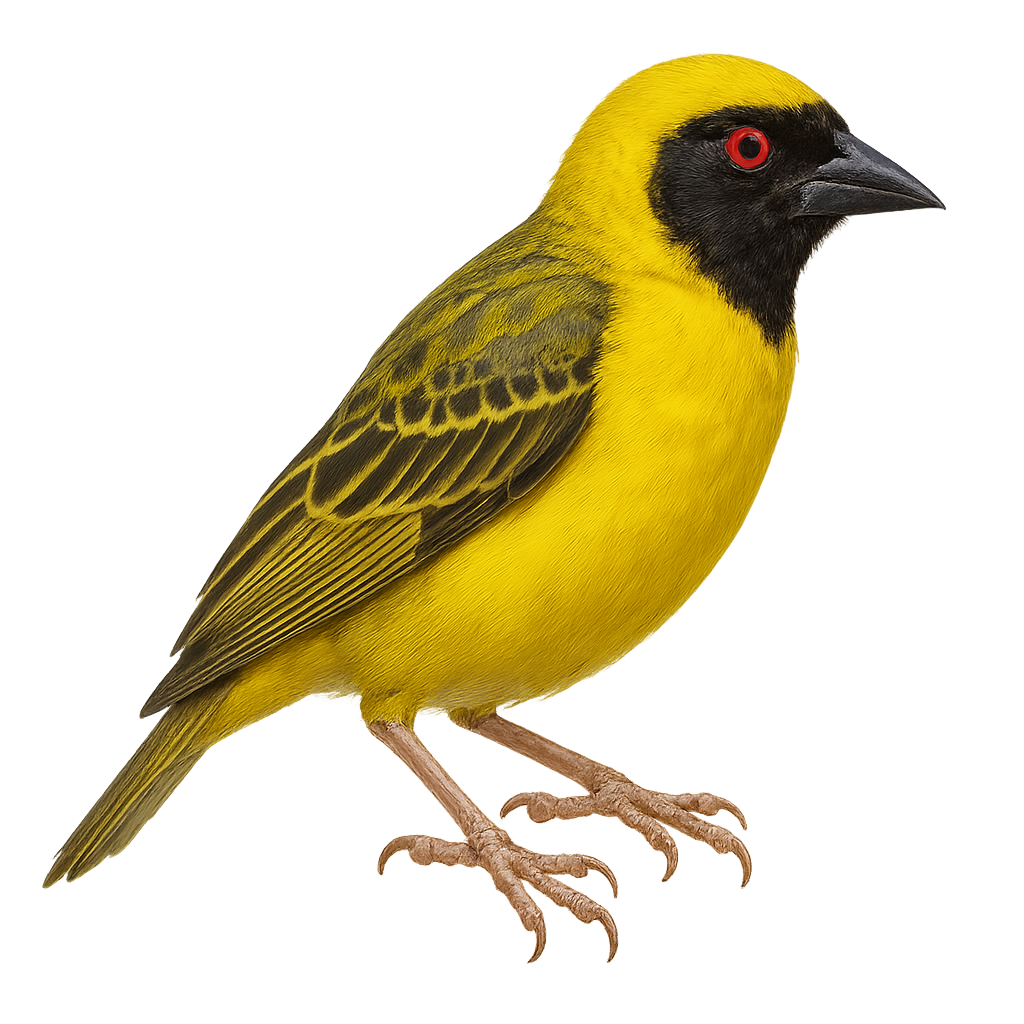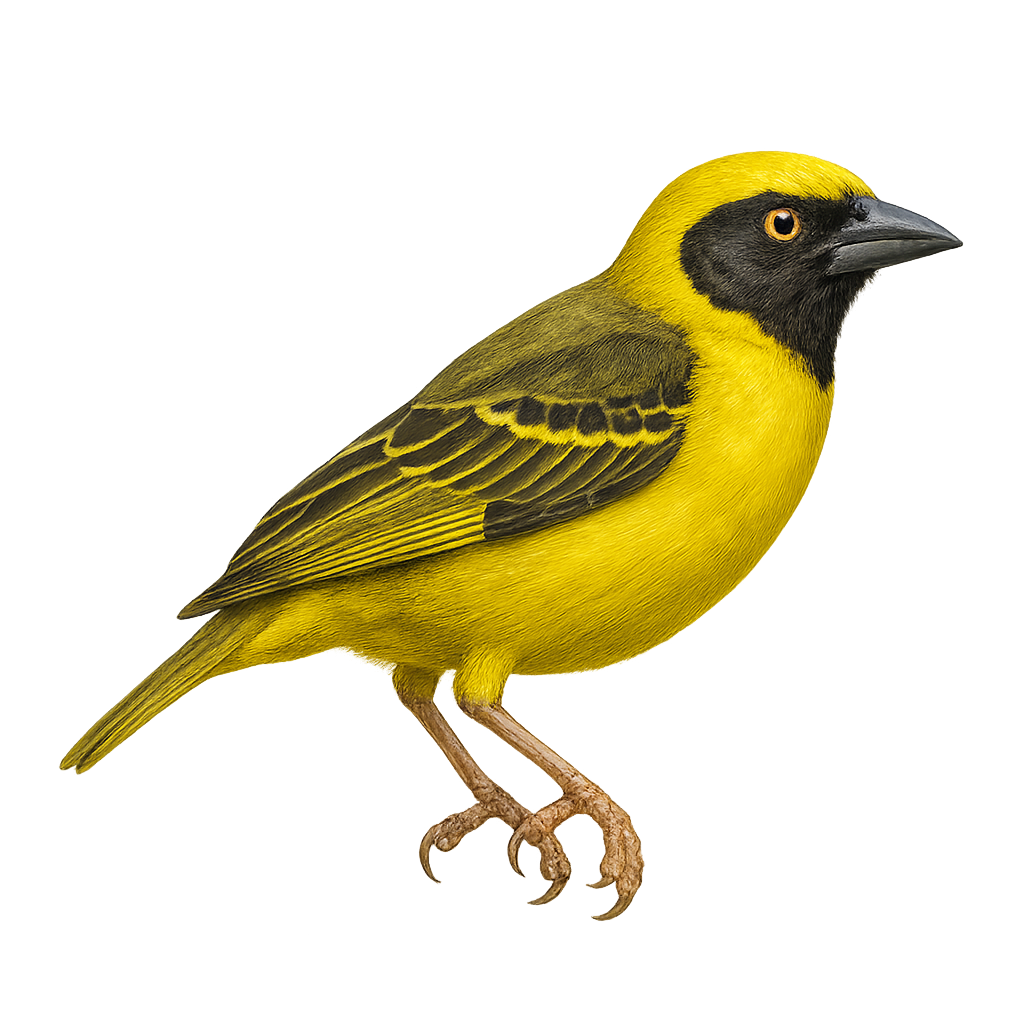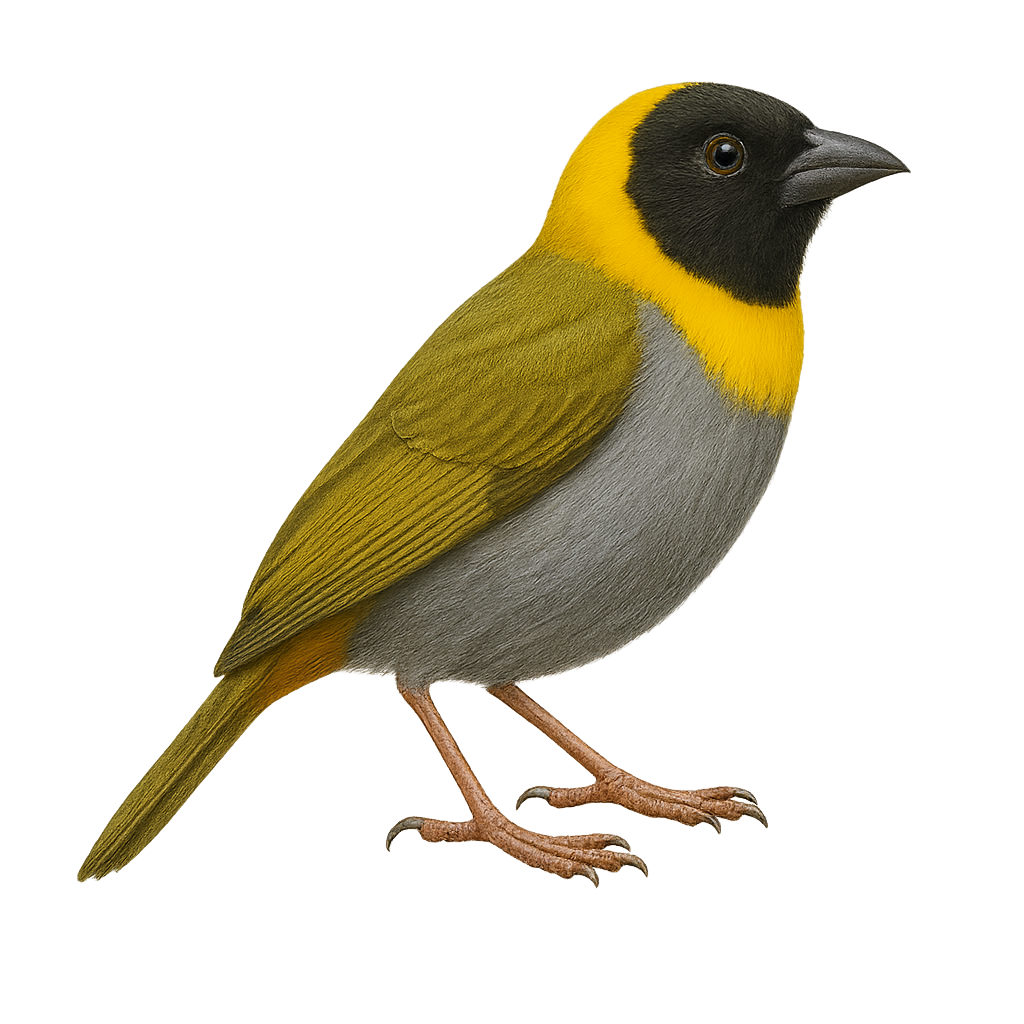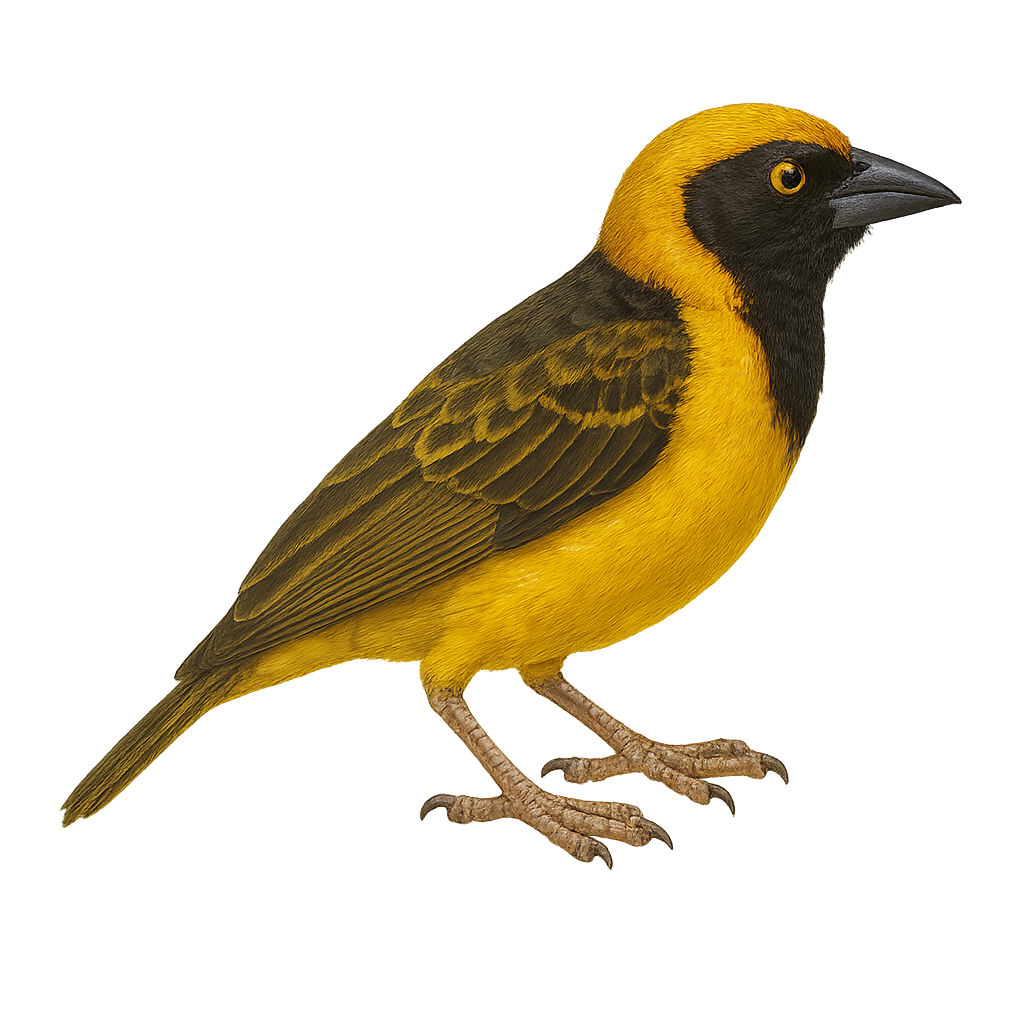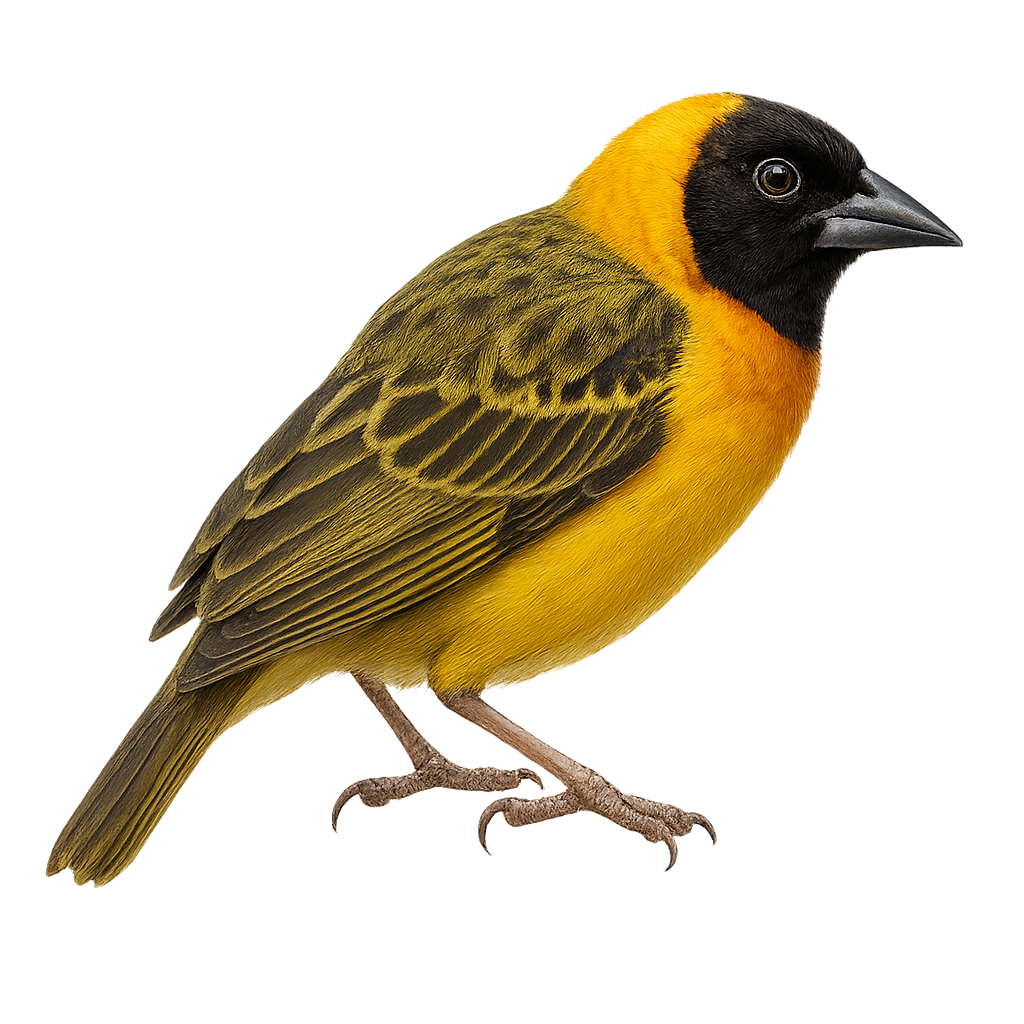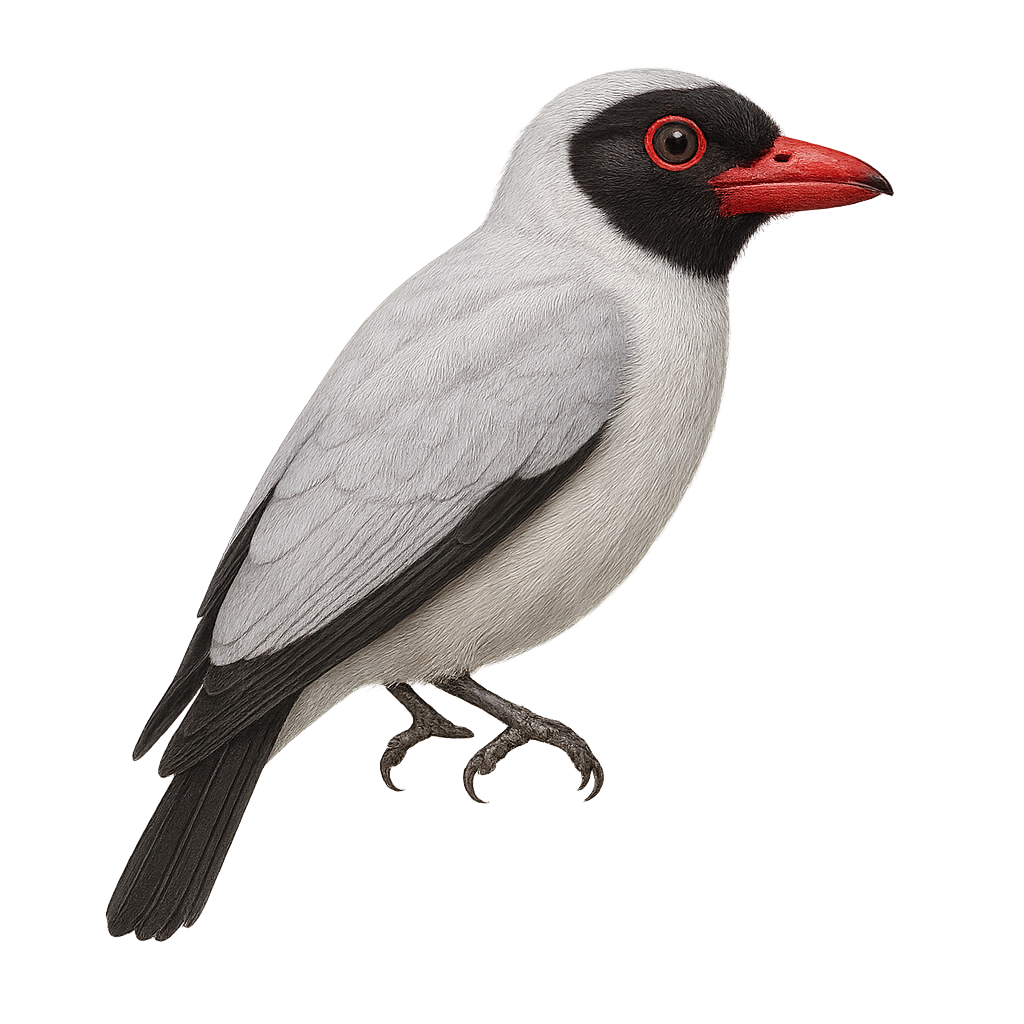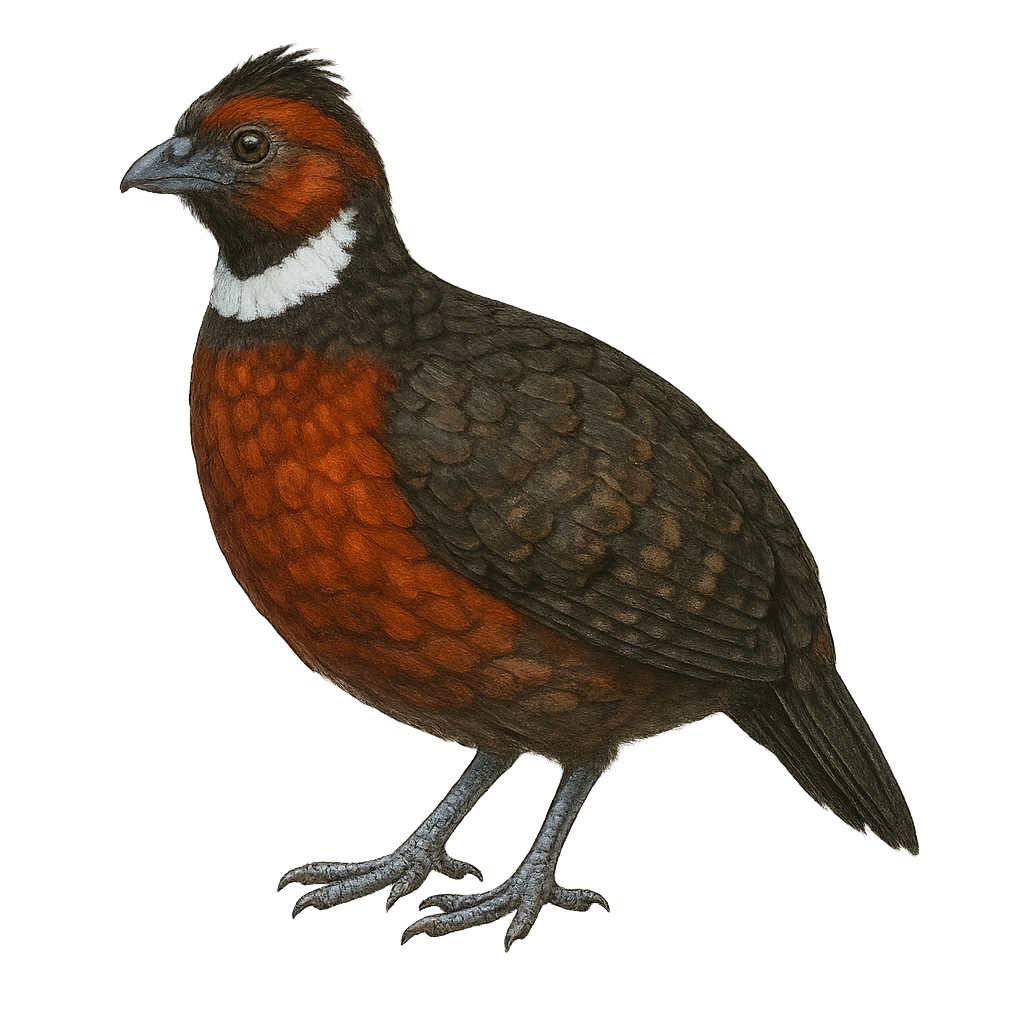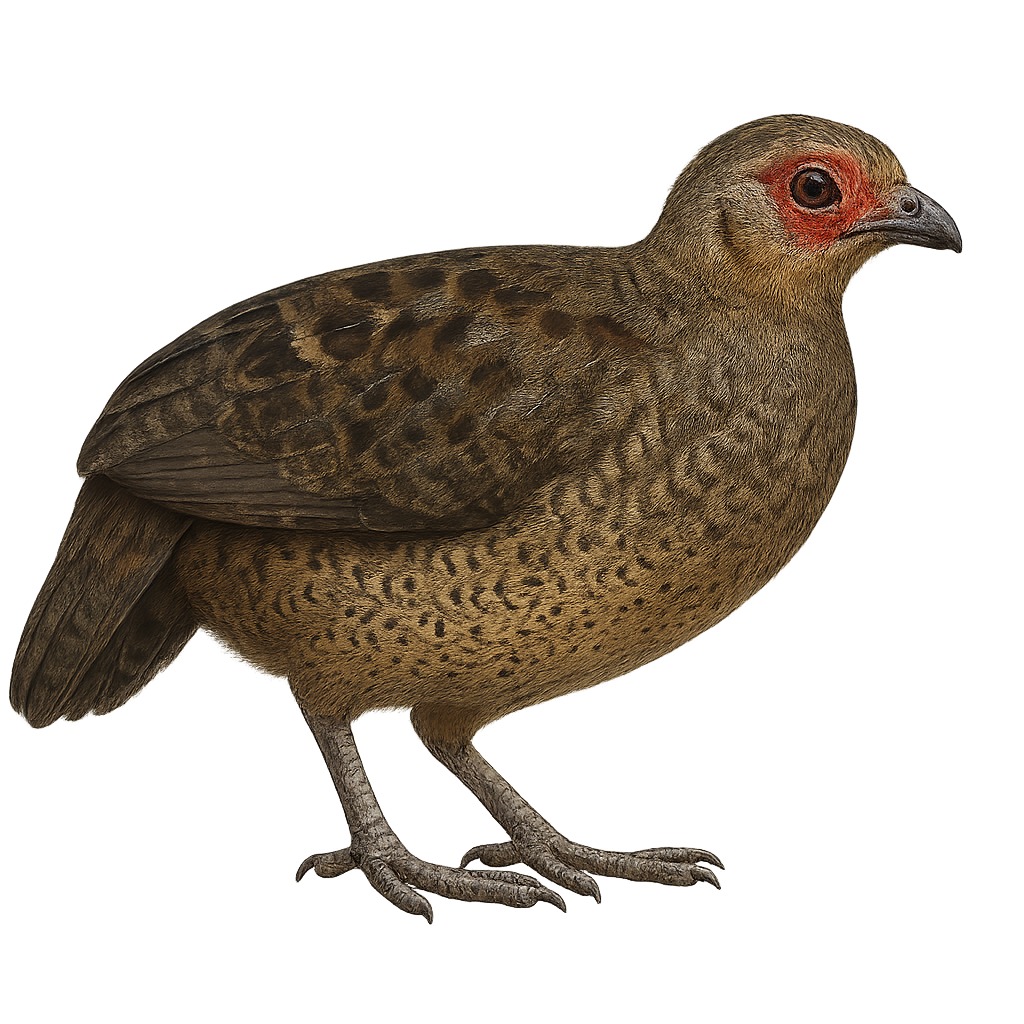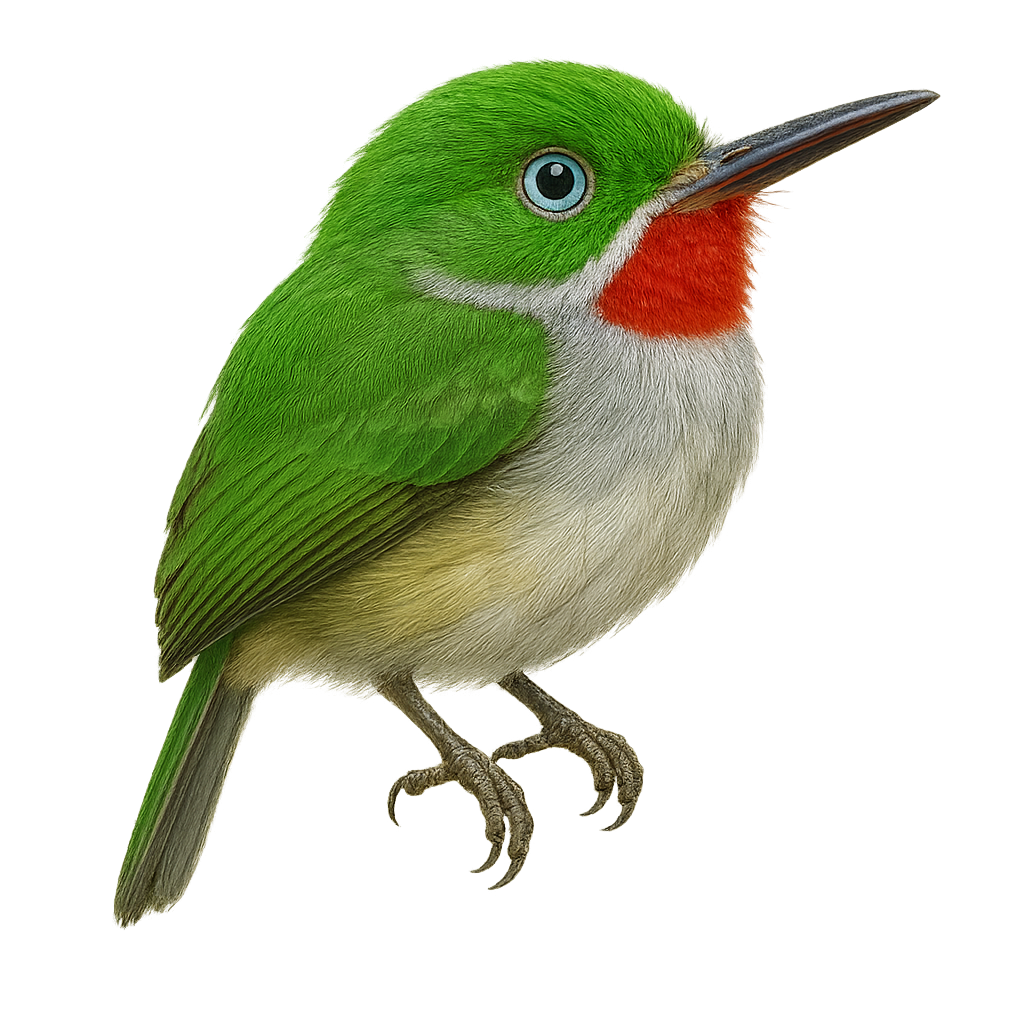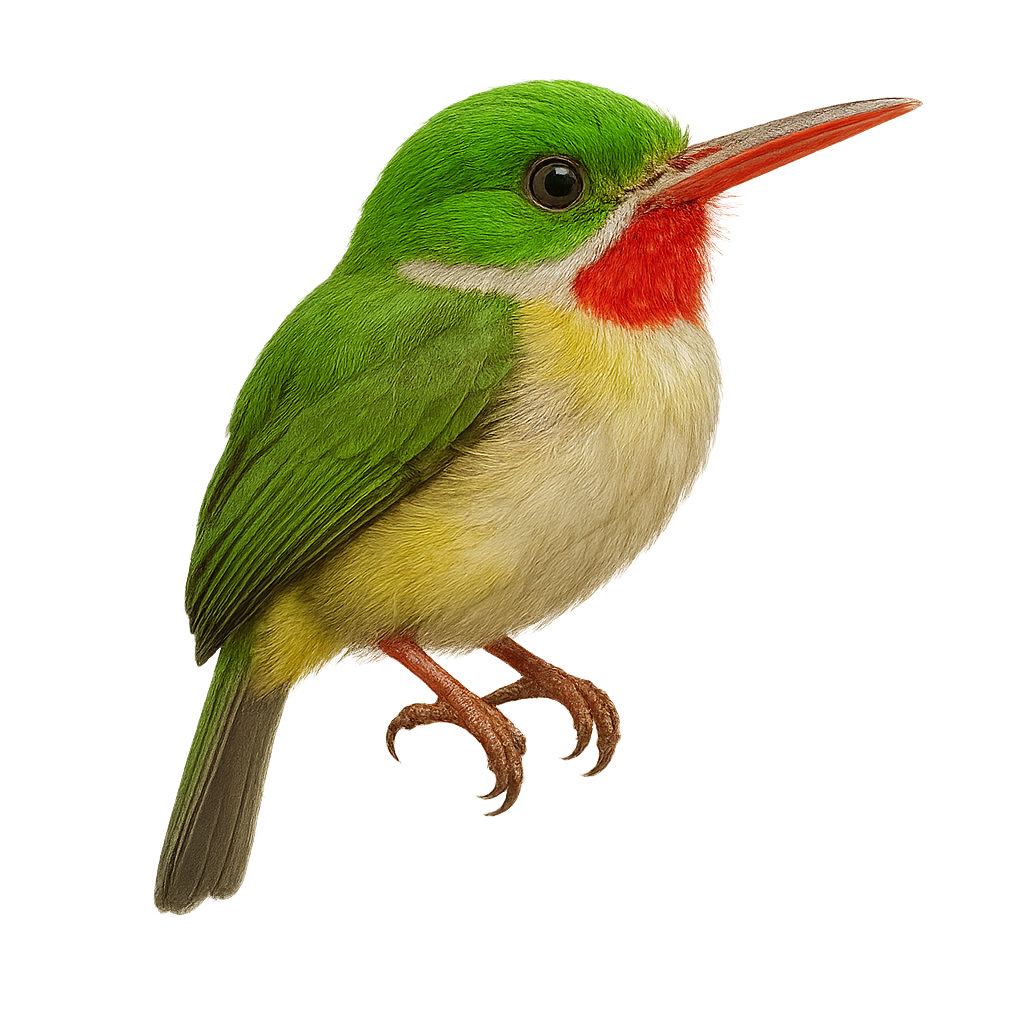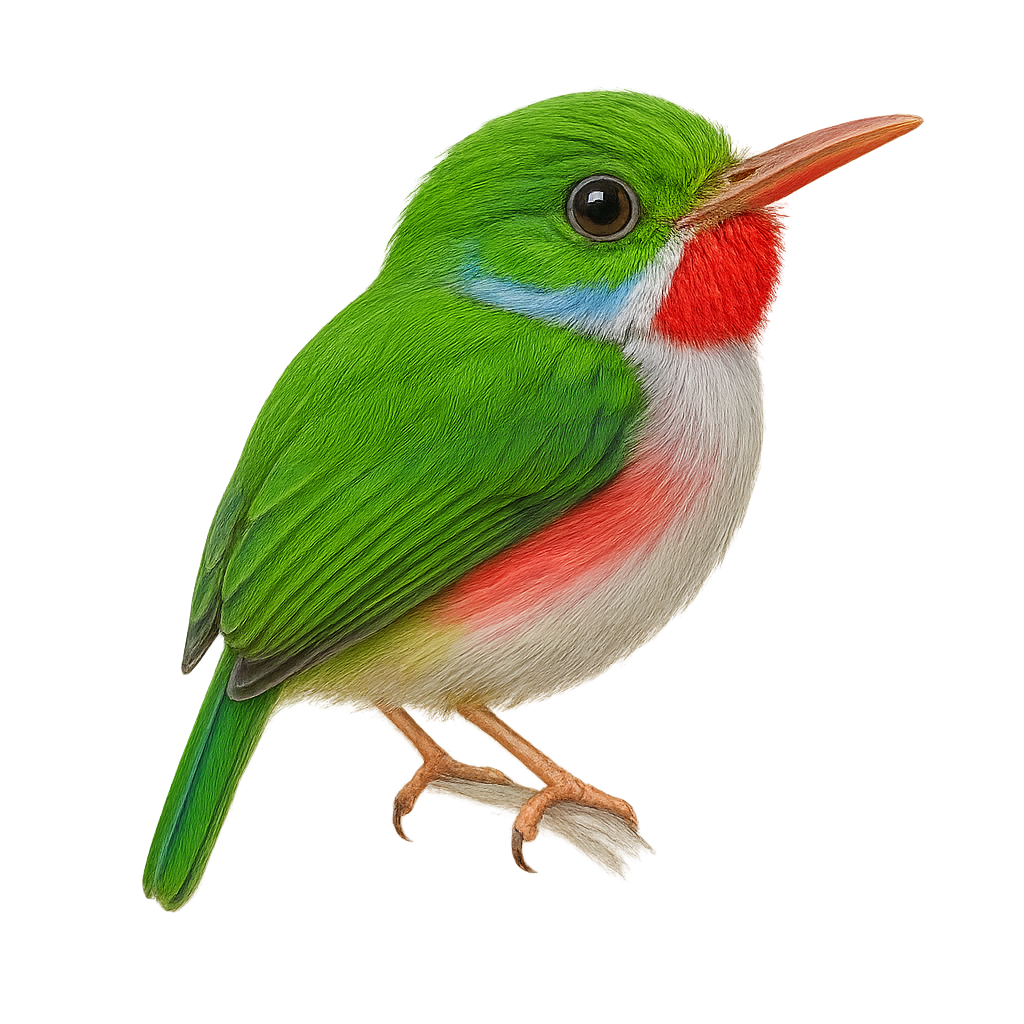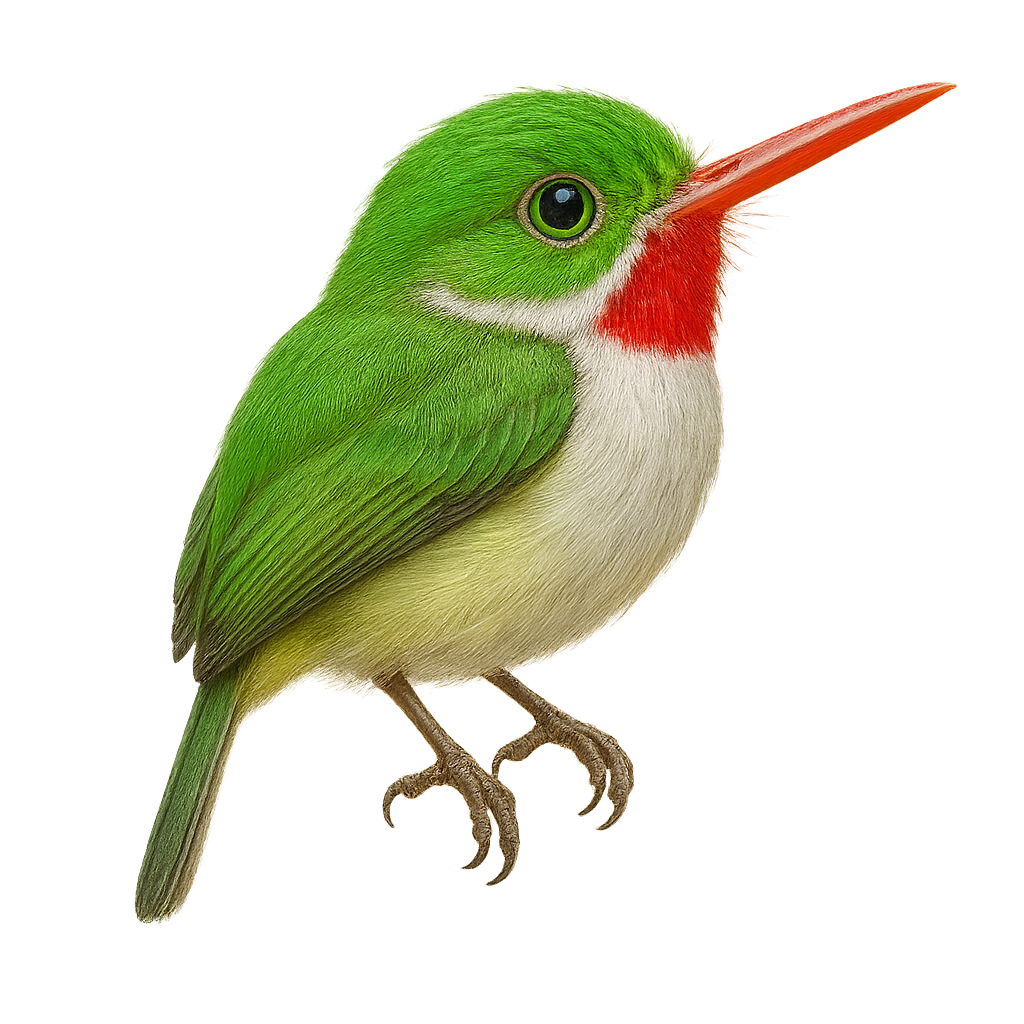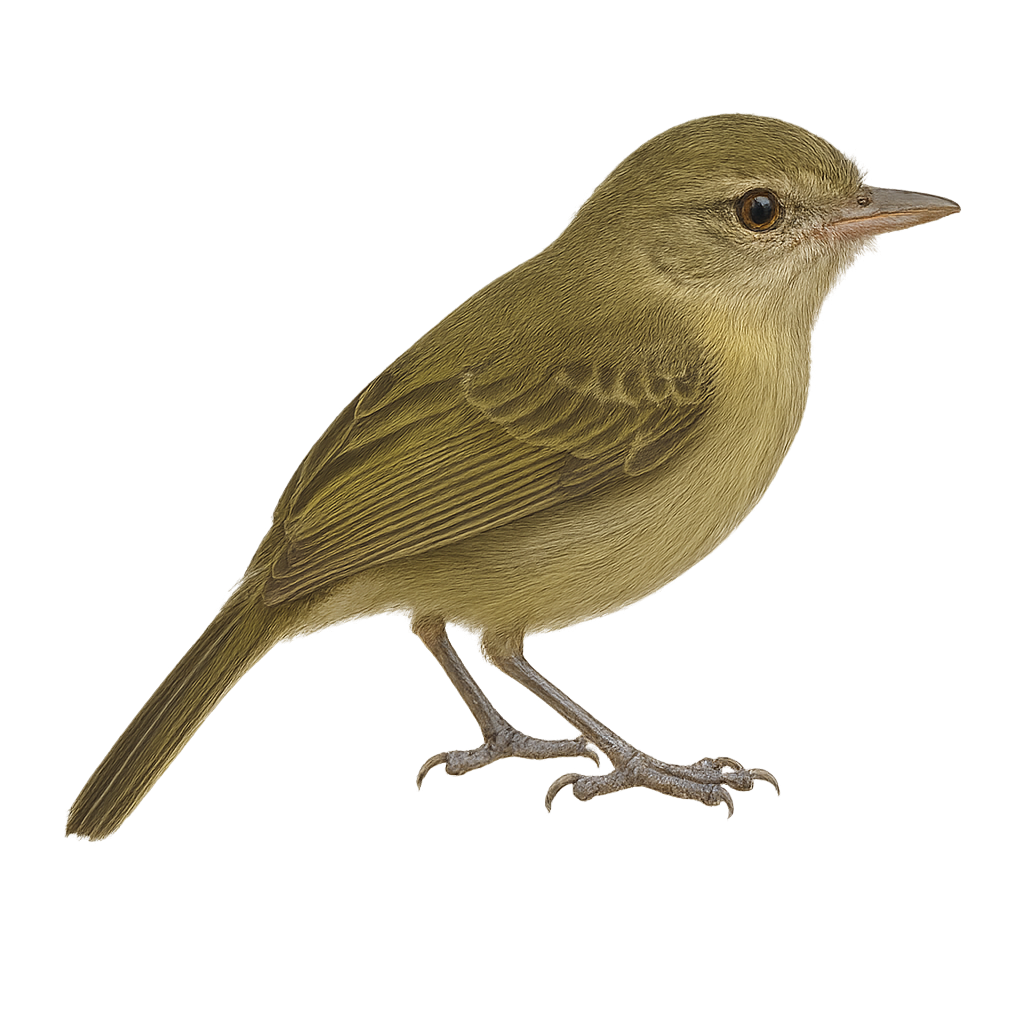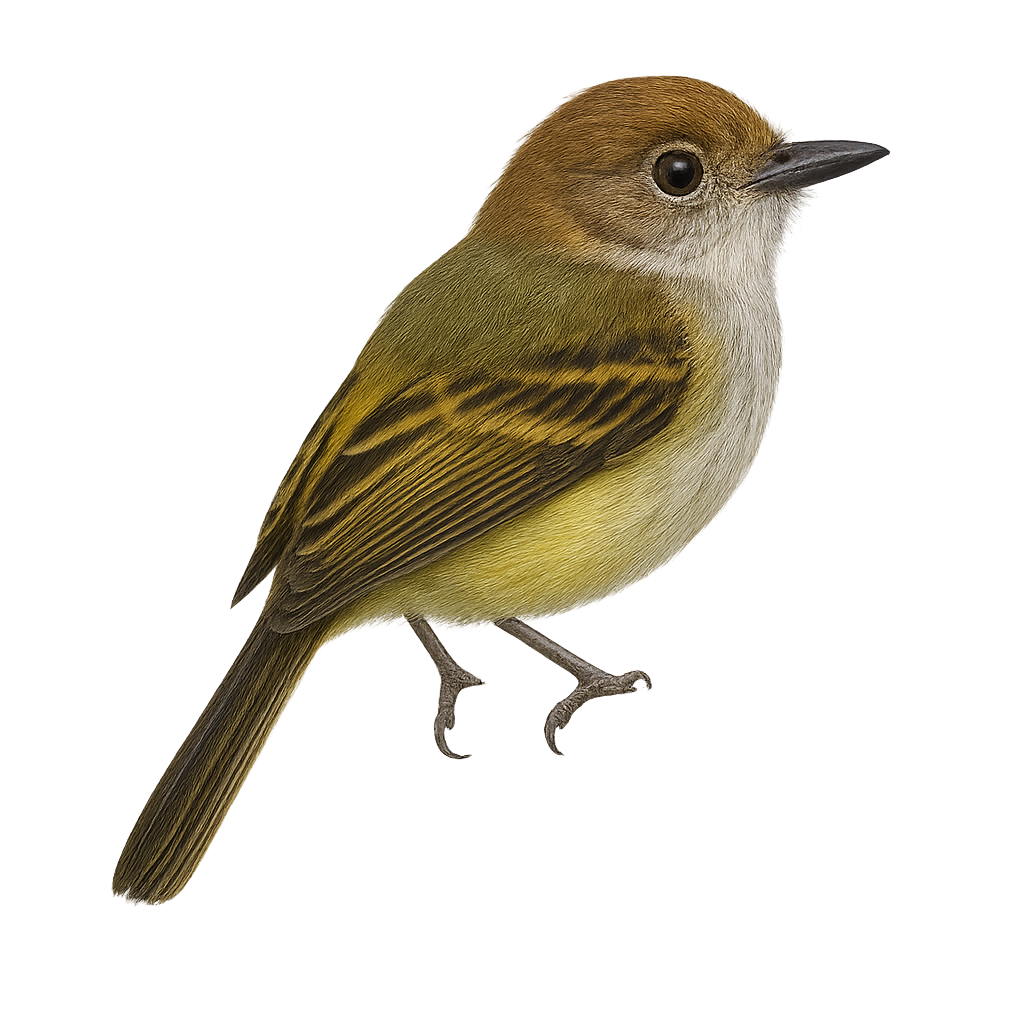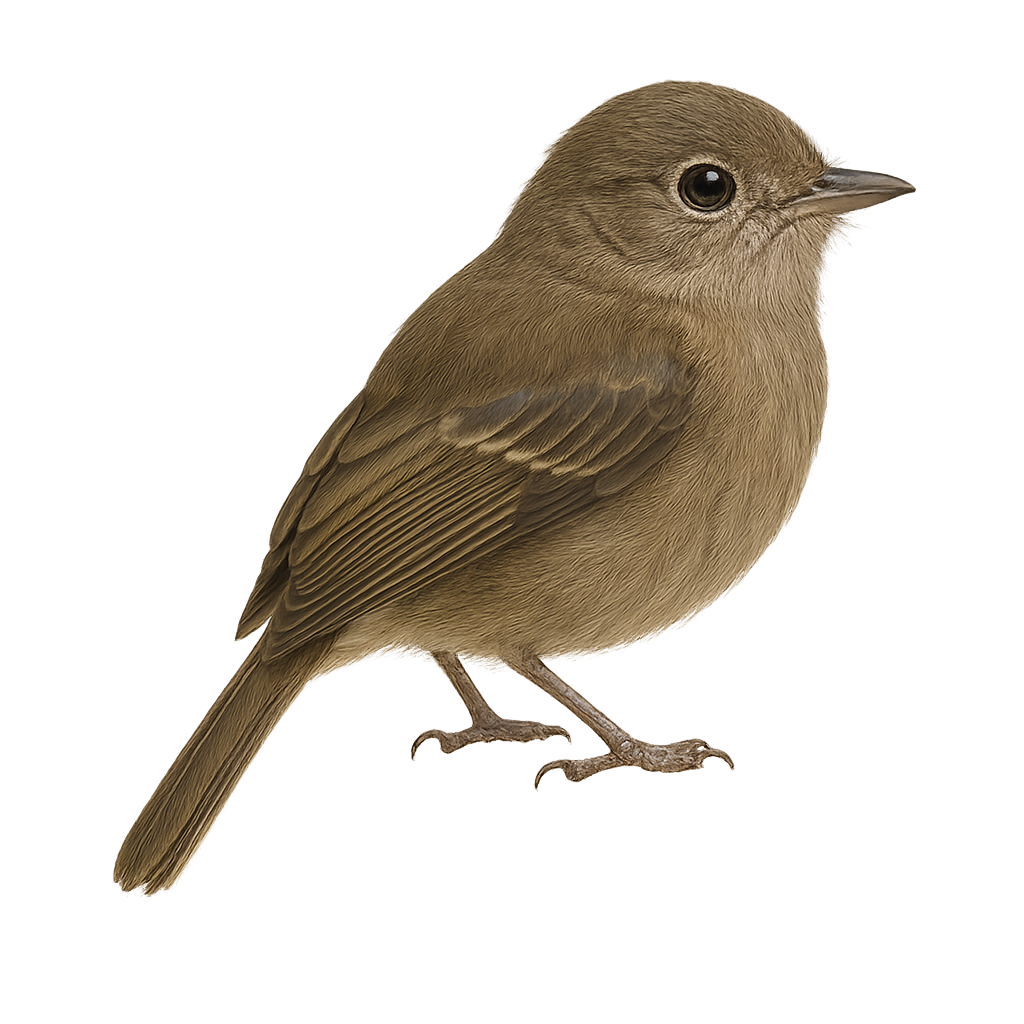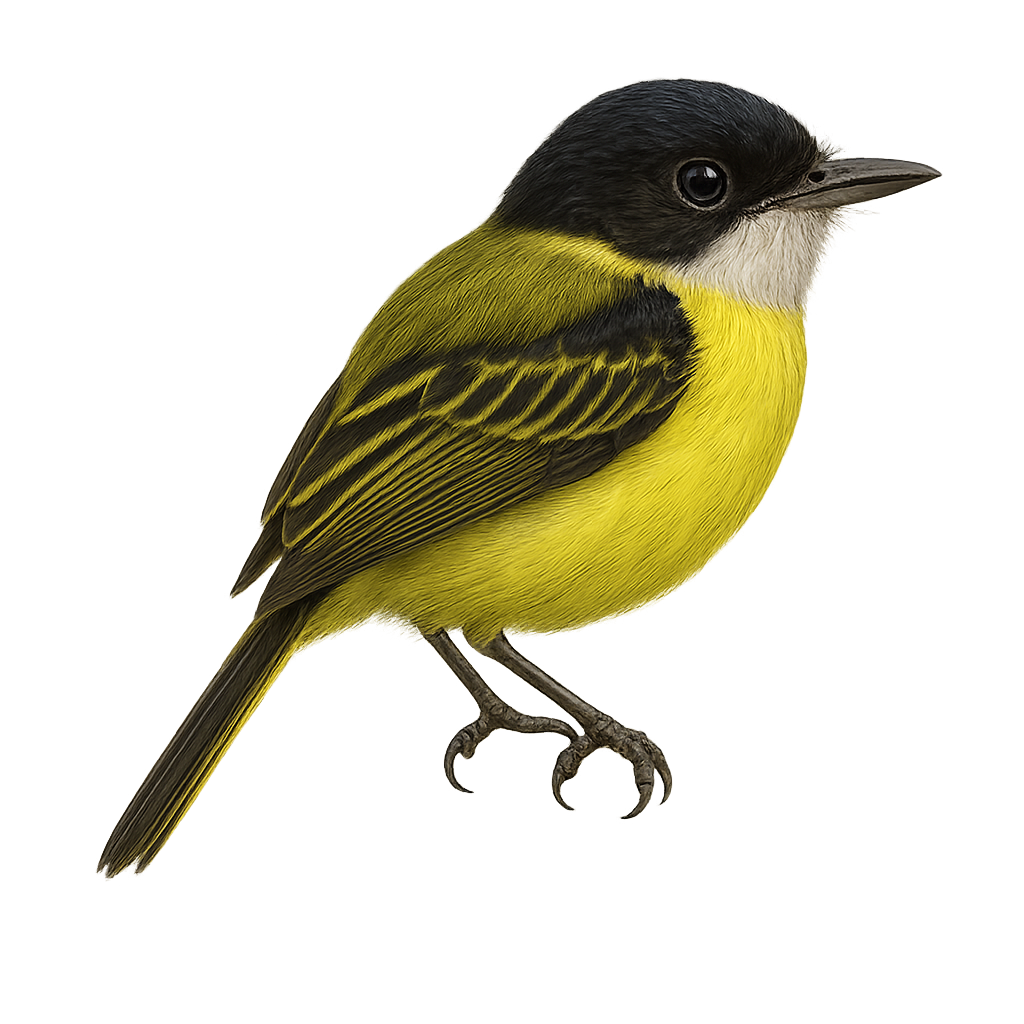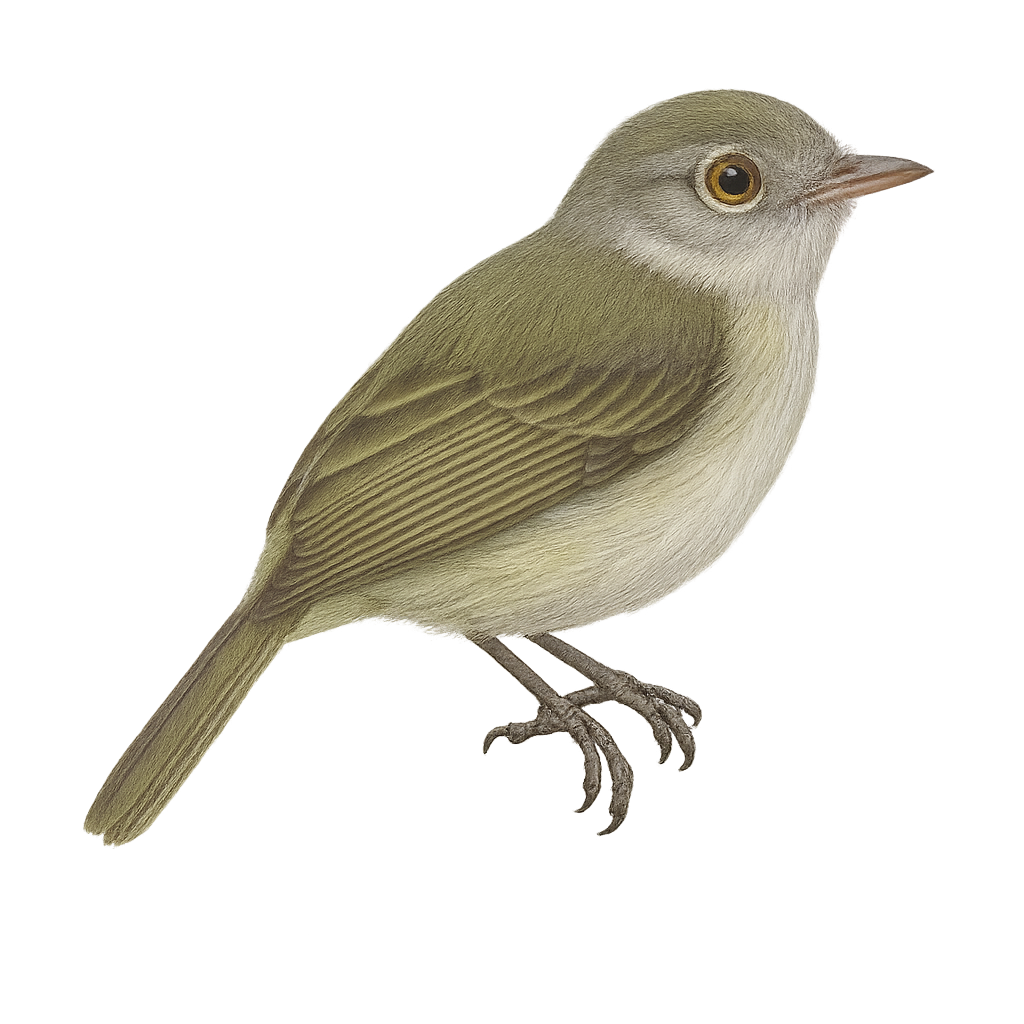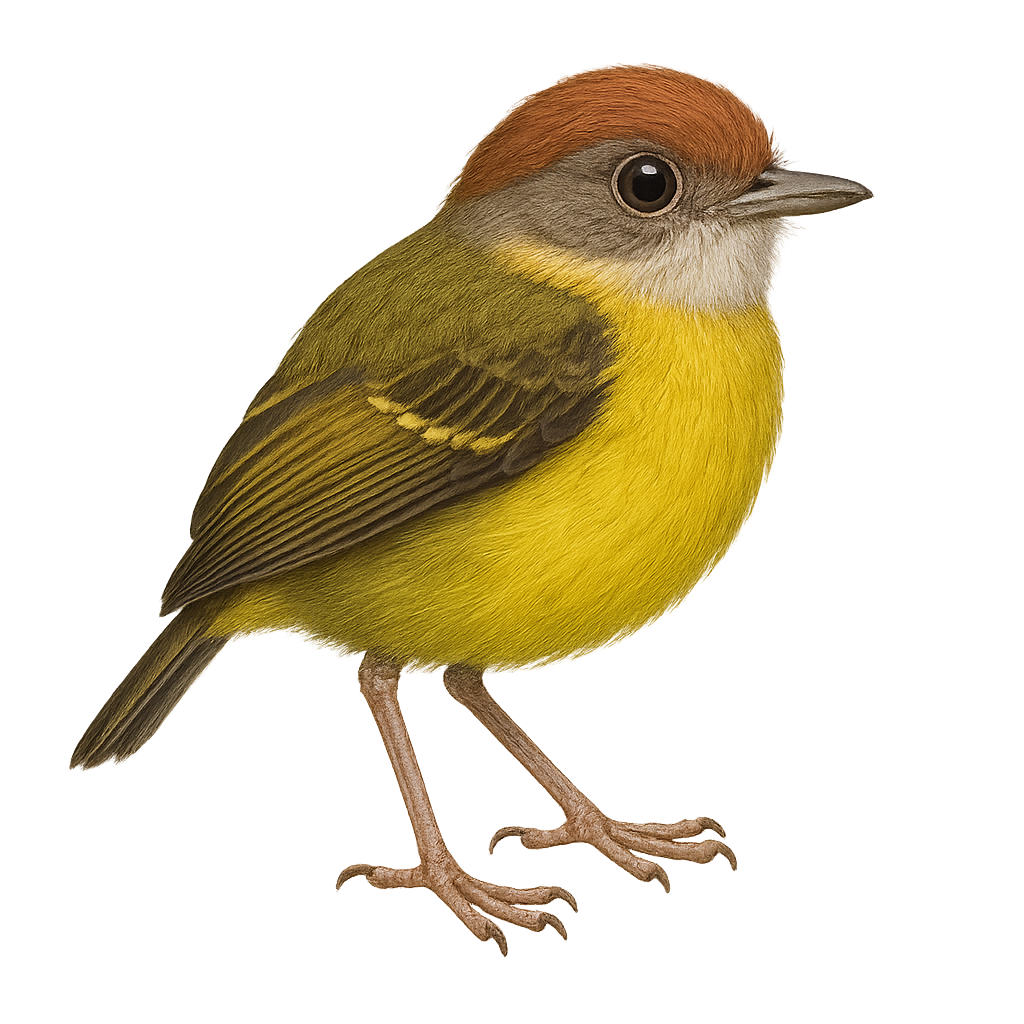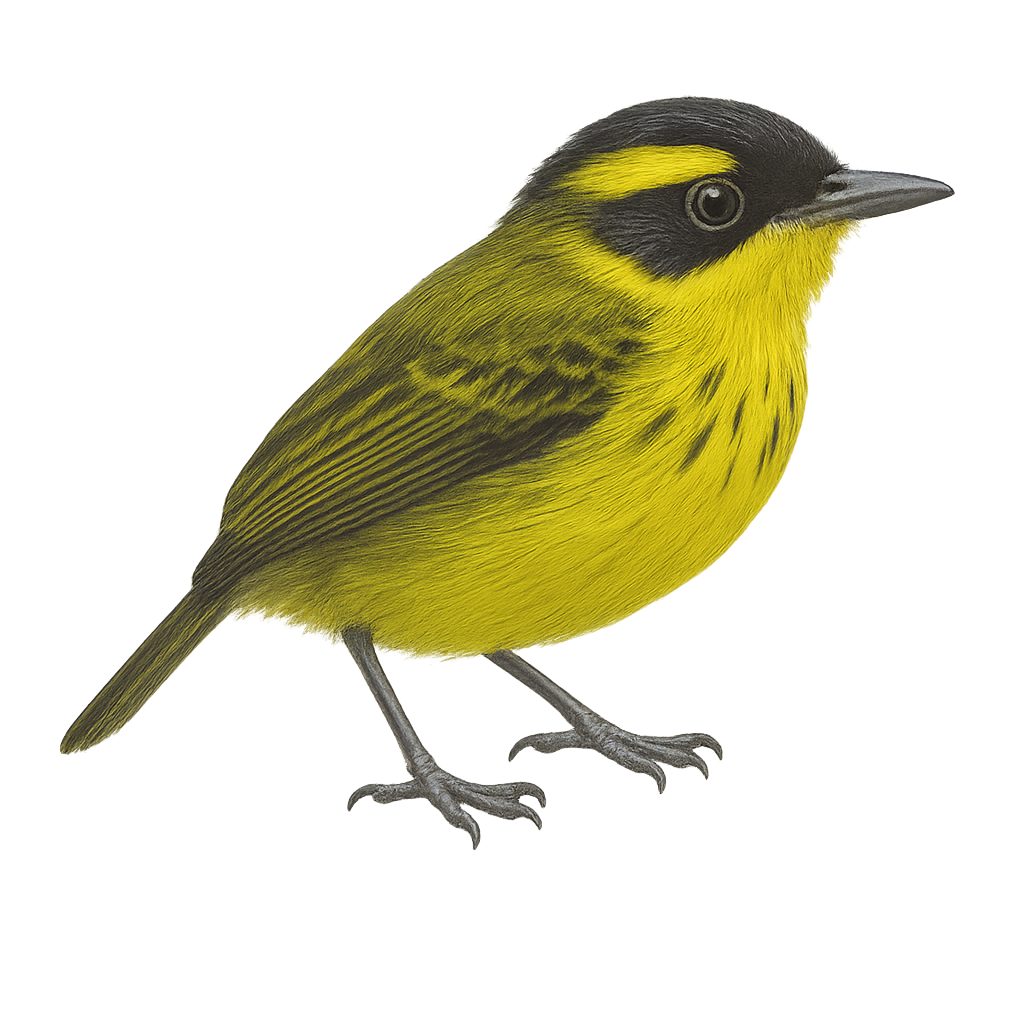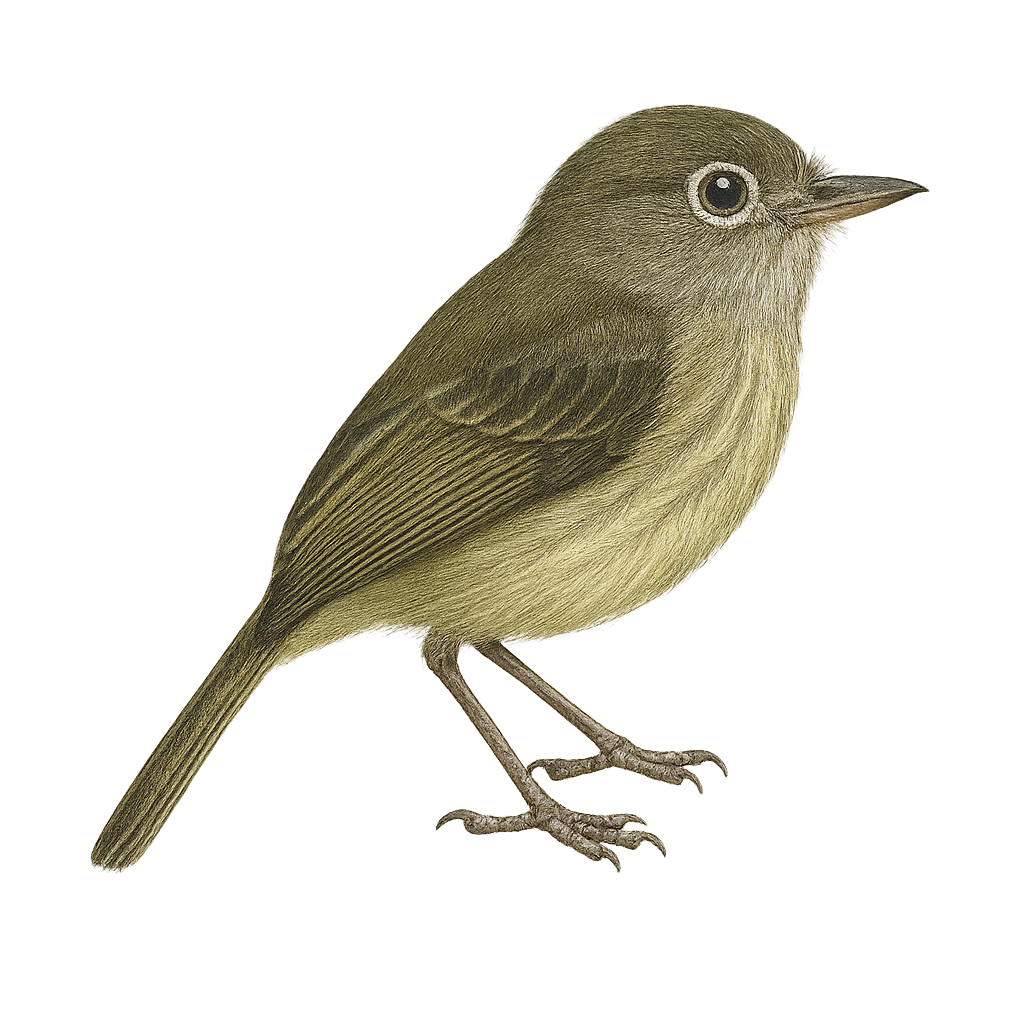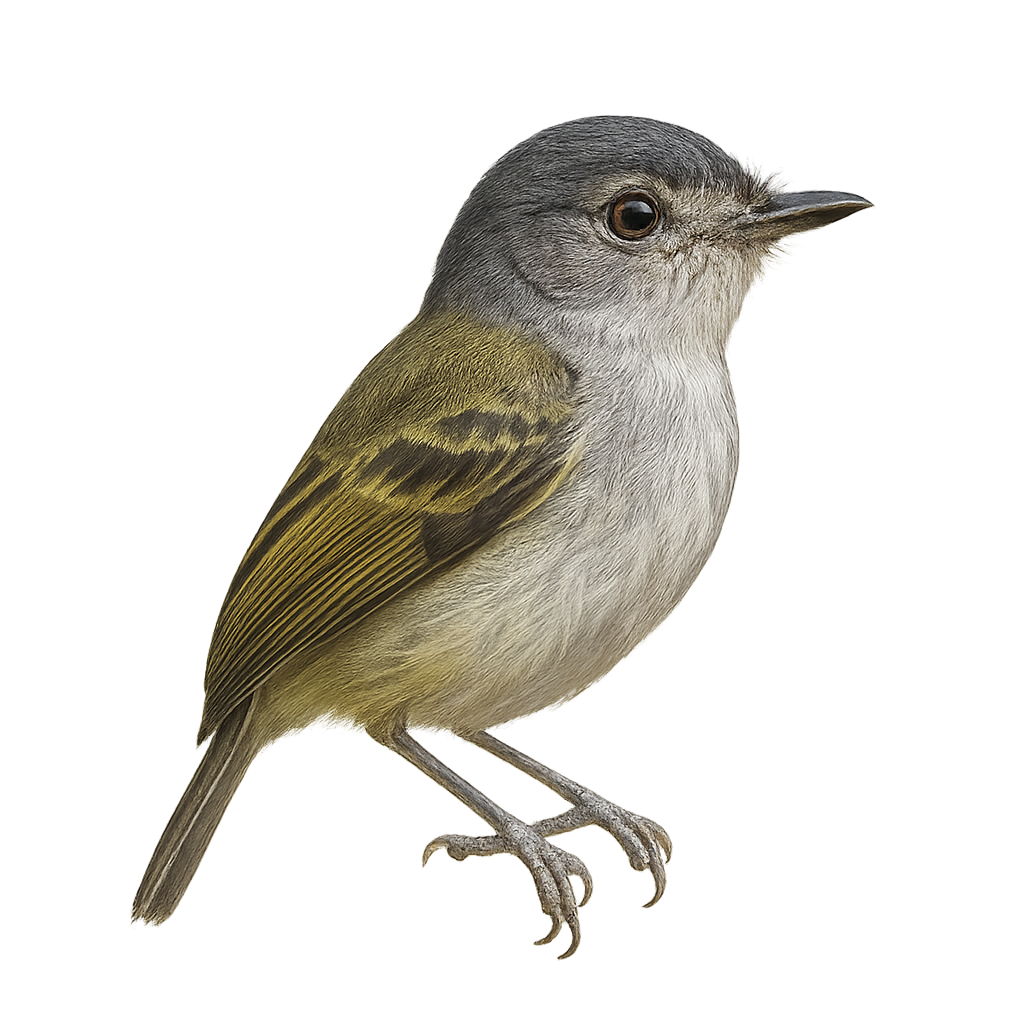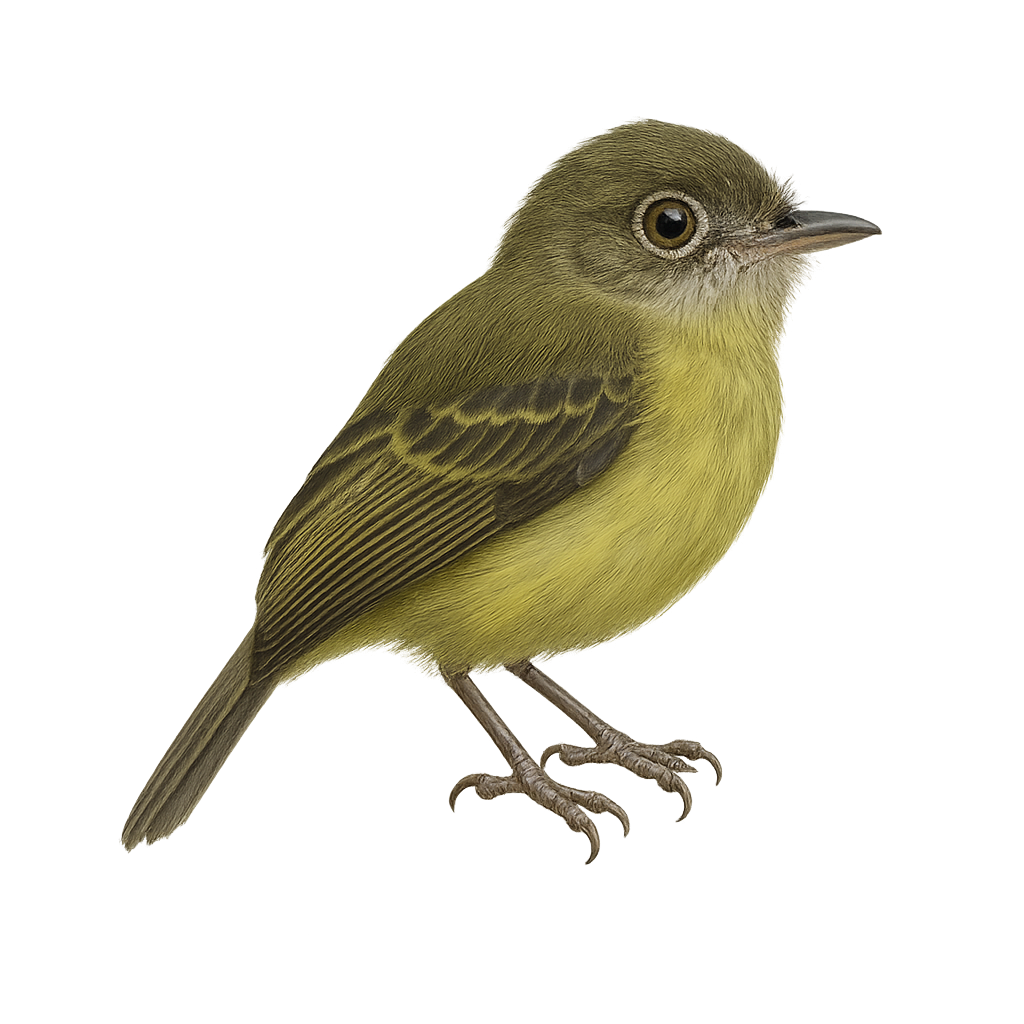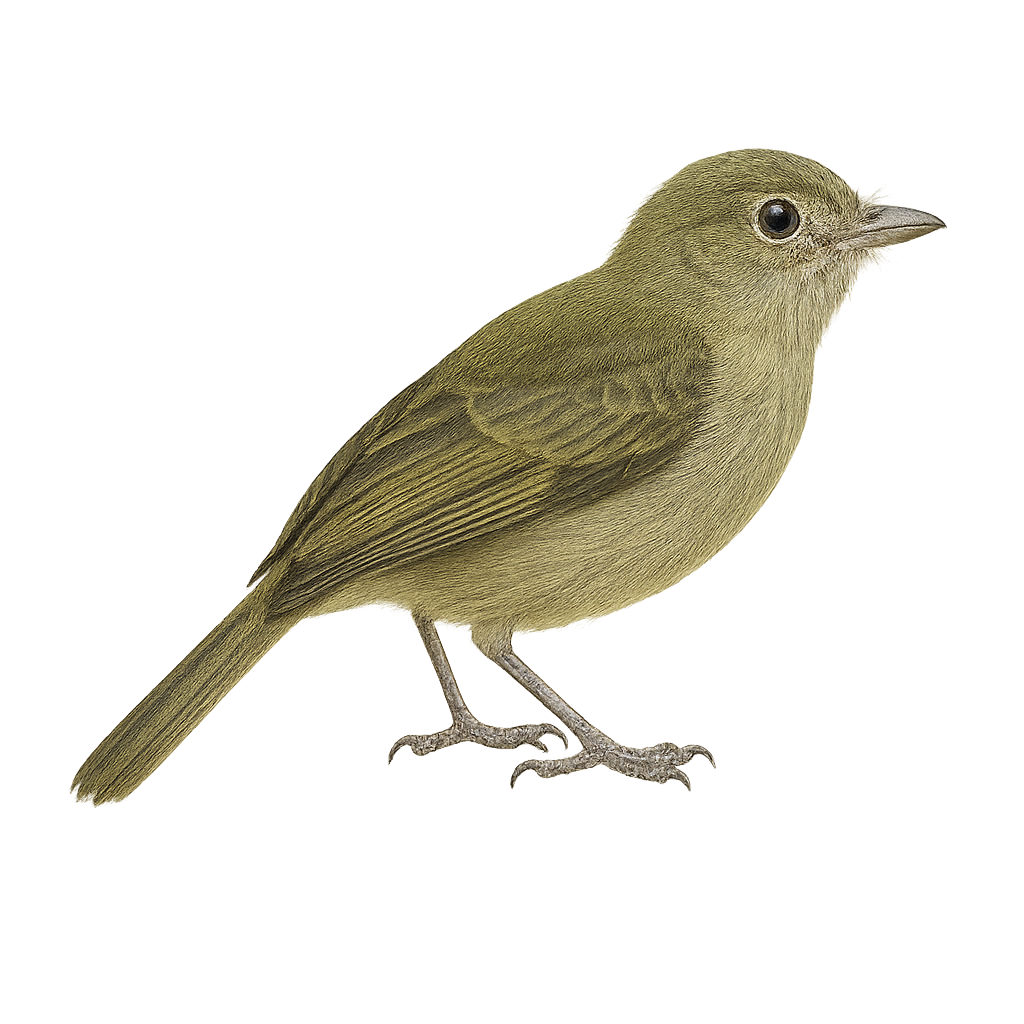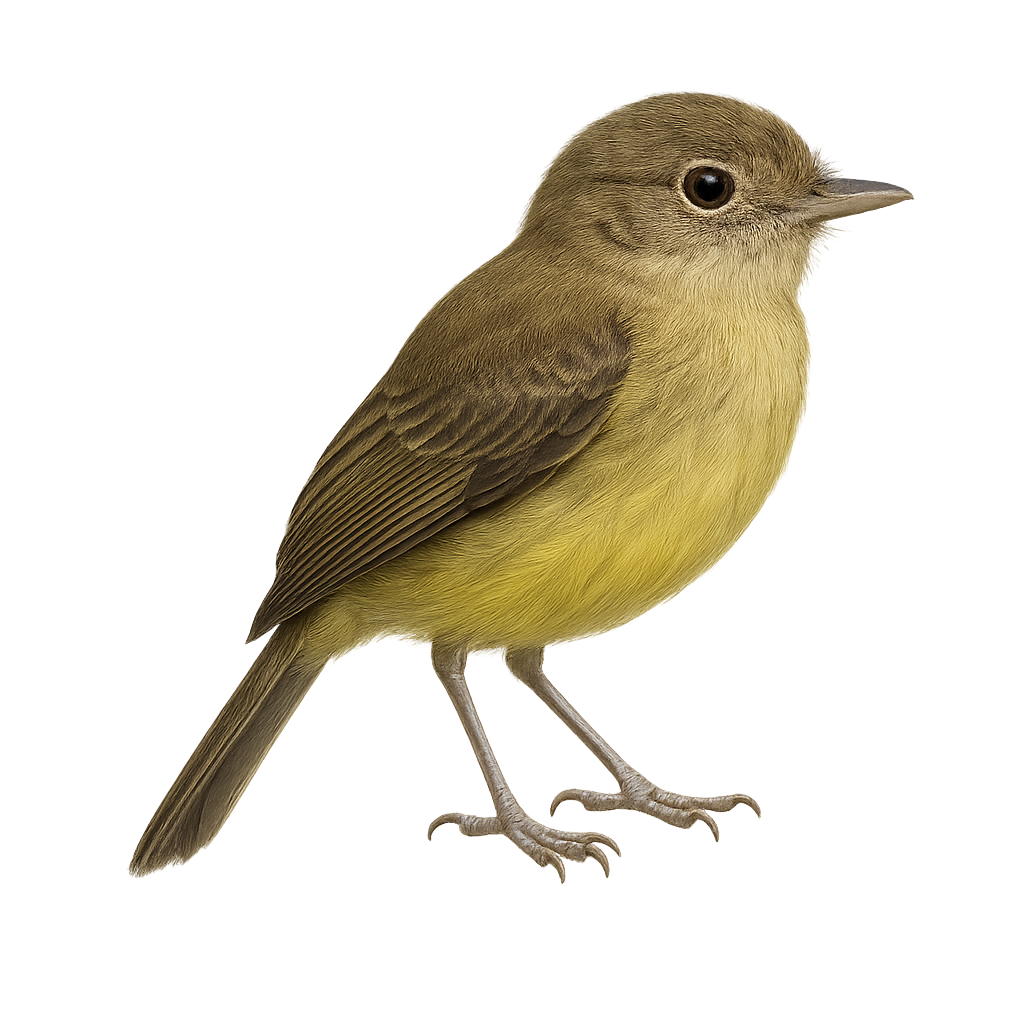The Highland Tinamou, or Nothocercus bonapartei, is a medium-sized ground bird belonging to the Tinamidae family. It is primarily found in the humid forests of the Andes, ranging from Venezuela to Bolivia. This elusive bird is more often heard than seen, due to its cryptic plumage that blends seamlessly into the dense undergrowth. It feeds mainly on fallen fruits, seeds, and insects. The Highland Tinamou is a solitary bird, although it can sometimes be observed in small groups. Its ability to run swiftly and fly short distances allows it to escape predators. Despite its elusive nature, it plays a crucial role in seed dispersal, aiding forest regeneration.
The Elegant Crested Tinamou, or Eudromia elegans, is a ground-dwelling bird native to South America, mainly found in Argentina. It is recognizable by its distinctive crest and speckled brown plumage, which helps it blend into its environment. Measuring about 40 cm in length, it has a robust body and strong legs adapted for rapid running. Although capable of flight, it prefers to run to escape predators. Its natural habitat includes open grasslands, savannas, and shrublands. The Elegant Crested Tinamou is a gregarious bird, often seen in small groups. It primarily feeds on seeds, fruits, and insects, playing an important role in seed dispersal and insect population control.
The Spectacled Weaver, or Ploceus ocularis, is a medium-sized bird known for its bright yellow plumage and distinctive eye markings resembling spectacles. It primarily inhabits wooded areas and savannas in sub-Saharan Africa. This bird is renowned for its weaving skills, constructing intricate and suspended nests. Males are particularly active during the breeding season, displaying courtship behaviors to attract females. The Spectacled Weaver is a social bird, often seen in small groups. It primarily feeds on insects and seeds, playing a role in its ecosystem's balance.
The Southern Masked Weaver is a medium-sized African bird known for its exceptional nest-building skills. Males display a distinctive black head and bright yellow plumage, while females and juveniles are duller with brownish tones. They primarily inhabit savannas, woodlands, and marshes, feeding on seeds, insects, and nectar. Their song is a mix of chirps and whistles, often heard during the breeding season. Males construct intricate nests to attract females, using grass blades and leaves. These birds are social and live in colonies, making them fascinating to observe.
The Baglafecht Weaver is a medium-sized bird, measuring about 15 cm in length. It is easily recognizable by its bright yellow plumage, contrasting with a black head and brownish wings. Both males and females have similar colors, though males are generally more vibrant. This bird primarily feeds on seeds but also consumes insects, especially during the breeding season. It is found in various habitats, including forests, savannas, and agricultural areas. The Baglafecht Weaver is known for its complex nests, often hanging from tree branches. It is social and often lives in colonies, making it fascinating to observe.
The Nelicourvi Weaver is an endemic bird of Madagascar, recognizable by its bright yellow plumage and distinctive black patterns on its head and back. It primarily inhabits the island's humid forests and wooded areas. This bird is known for its complex nests, often suspended from tree branches. The male builds the nest to attract a female, and if unsuccessful, he destroys it to build another. The Nelicourvi Weaver is a sociable bird, often seen in small groups. It primarily feeds on insects and seeds. Although its habitat is threatened by deforestation, it is currently classified as "least concern" by the IUCN.
The Ploceus grandis, or Giant Weaver, is a bird from the Ploceidae family, renowned for its nest-weaving skills. It features bright yellow plumage with brown hues on its wings and tail. Its head is adorned with a distinctive black mask, contrasting with its sturdy, conical beak. This social bird lives in colonies and is often found in the savannas and wooded areas of sub-Saharan Africa. It primarily feeds on seeds, insects, and small fruits. The Giant Weaver is also known for its melodious songs and elaborate courtship displays. Although widespread, it sometimes faces threats from habitat loss.
The Lesser Masked Weaver, Ploceus intermedius, is a medium-sized bird belonging to the Ploceidae family. It is primarily found in sub-Saharan Africa, inhabiting savannas, woodlands, and marshes. This bird is recognizable by its bright yellow plumage and distinctive black facial mask in males. Females and juveniles have duller, generally brownish plumage. The Lesser Masked Weaver is a prolific nest builder, using grass blades and leaves to create complex structures suspended from branches. It primarily feeds on insects, seeds, and fruits. Its song is a mix of chirps and whistles, often heard during the breeding season.
The Masked Tityra, or Tityra semifasciata, is a medium-sized bird belonging to the Tityridae family. It is characterized by its predominantly white plumage with black wings and tail, and a bright red patch around the eyes. This bird is often found in the tropical and subtropical forests of Central and South America, where it primarily feeds on fruits and insects. The Masked Tityra is a social bird, often seen in small groups or pairs. Its song is a mix of whistles and chirps, adding to the natural soundscape of its habitat. Although relatively common, preserving its habitat is crucial for its survival.
The Red-fronted Wood-Quail, scientifically known as Odontophorus erythrops, is a medium-sized terrestrial bird found primarily in the humid forests of the Andes. It is characterized by its dark brown plumage with scaly patterns and a distinctive red patch on its forehead. This bird is more often heard than seen, as it prefers to hide in dense vegetation. It feeds mainly on seeds, fruits, and insects found by scratching the forest floor. The Red-fronted Wood-Quail is monogamous and forms stable pairs. Its elusive nature and challenging habitat make it a difficult subject for birdwatchers and photographers.
The Marbled Wood-Quail, or Odontophorus gujanensis, is a terrestrial bird primarily inhabiting the dense tropical forests of South America. It is recognizable by its marbled brown plumage, which provides excellent camouflage. This medium-sized bird measures about 25 to 30 cm in length and weighs between 300 and 400 grams. It is mainly terrestrial, often moving in small groups in search of food, which consists mainly of seeds, fruits, and insects. Its ability to remain still and silent makes it difficult to spot in its natural habitat. The Marbled Wood-Quail is also known for its loud and melodious calls, often heard at dusk.
The Narrow-billed Tody, or Todus angustirostris, is a small, colorful bird endemic to the island of Hispaniola, shared by Haiti and the Dominican Republic. It is distinguished by its bright green plumage, vivid red throat, and pale yellow belly. Measuring about 11 cm in length, it has a thin, slightly curved beak, adapted to its diet mainly consisting of insects. This tody is often seen in humid forests and wooded areas, where it moves nimbly in search of food. Although it is relatively tolerant, it remains discreet and blends easily into its environment thanks to its plumage.
The Broad-billed Tody, Todus subulatus, is a small, colorful bird endemic to the island of Hispaniola, which is shared by Haiti and the Dominican Republic. It is characterized by its bright green plumage on the back, a white belly, and a striking red throat. Its long, slender bill is adapted for catching insects, its primary food source. This small bird measures about 10 to 11 cm in length and weighs between 5 and 7 grams. It primarily inhabits tropical rainforests but can also be found in drier wooded areas. The Broad-billed Tody is a territorial bird, often seen alone or in pairs, and is known for its high-pitched, repetitive song.
The Cuban Tody, or Todus multicolor, is a small bird endemic to Cuba, renowned for its vibrant plumage and fascinating lifestyle. Measuring about 10 to 11 cm in length, this bird features bright green feathers on its back, a white belly, and a striking red throat, making it easily identifiable. It primarily inhabits the island's humid forests, mangroves, and wooded areas. The Cuban Tody is an insectivore, feeding mainly on small insects and spiders, which it captures with quick and precise movements. It is also known for its melodious song and elaborate courtship displays. Although its habitat is limited to Cuba, it is relatively common and not currently threatened.
The Jamaican Tody, or Todus todus, is a small bird endemic to Cuba, known for its bright green plumage and vivid red throat. Measuring about 11 cm in length, it is easily recognizable by its broad, flattened beak, perfect for catching insects. This small bird primarily inhabits humid forests, mangroves, and wooded areas, where it feeds mainly on insects and small fruits. Its song is a soft "tot-tot," often heard in the undergrowth. Although its population is stable, preserving its natural habitat is crucial for its survival.
The Golden-winged Tody-Flycatcher, Poecilotriccus calopterus, is a small bird from the Tyrannidae family. It is notable for its golden-winged feathers and primarily olive-green plumage. This bird inhabits humid forests and wooded areas in South America, particularly in Colombia, Ecuador, and Peru. Often seen in pairs or small groups, it feeds on insects caught in flight. Its modest size and discreet behavior can make it difficult to spot. Although its habitat is threatened by deforestation, it is currently listed as "Least Concern" by the IUCN.
The Fawn-breasted Tody-Tyrant is a small passerine bird belonging to the Tyrannidae family. It is primarily found in the tropical rainforests of South America, particularly in Brazil, Guyana, and Venezuela. This bird is characterized by its olive-green plumage on the back and pale yellow underparts, with a grayish head and distinctive fawn-colored forehead. It measures about 9 to 10 cm in length and weighs between 6 and 8 grams. It is often seen foraging for insects in dense foliage, moving with agility and speed. Its song is a soft, repetitive trill, often heard at dawn.
The Rusty-fronted Tody-Flycatcher (Poecilotriccus latirostris) is a small bird from the Tyrannidae family, commonly found in the tropical forests of South America. It is recognized by its colorful plumage, featuring a rusty head and bright yellow belly. Its relatively broad bill gives it its name. This bird is often seen catching insects mid-air or foraging through foliage. Although discreet, its melodious song often reveals its presence. It prefers dense habitats where it can easily hide. Its adaptability to various environments makes it a relatively common species within its range.
The Rufous-crowned Tody-Flycatcher, Hemitriccus rufigularis, is a small bird in the Tyrannidae family. It is notable for its distinctive rufous throat, contrasting with its olive-green plumage. This discreet bird primarily inhabits humid montane forests, often at altitudes between 1000 and 2000 meters. It is usually observed alone or in pairs, feeding on insects caught in flight or on leaves. Its song is a soft trill, often heard before the bird is seen. Although its habitat is threatened by deforestation, the species is currently classified as Least Concern by the IUCN.
The Drab-breasted Pygmy-Tyrant is a small passerine bird from the Tyrannidae family, primarily found in the humid forests and forest edges of South America. It is characterized by its dull plumage, with shades of brown and gray, and its small size, measuring about 9 to 10 cm in length. This bird is often difficult to spot due to its discreet and elusive behavior. It feeds mainly on insects, which it catches in flight or on leaves. The Drab-breasted Pygmy-Tyrant is a sedentary bird, not very migratory, preferring dense habitats where it can easily hide. Its population is stable, although deforestation may pose a potential threat to its natural habitat.
The White-eyed Tody-Tyrant is a small passerine bird belonging to the Tyrannidae family. It is notable for its distinctive white eyes, contrasting with its olive-green and yellow plumage. This bird is primarily found in the humid tropical forests of South America, particularly in Brazil, Bolivia, and Peru. It is often seen in dense undergrowth, where it feeds on insects and spiders. Its song is a high-pitched, rapid trill, often heard before it is seen. Although discreet, it is curious and can be observed at altitudes up to 1500 meters. Its population is stable, but deforestation remains a potential threat to its natural habitat.
The Black-capped Pygmy Tyrant is a small passerine bird belonging to the Tyrannidae family. It is characterized by its black head contrasting with its grayish body and slightly yellow-tinged wings. This tiny bird measures about 9 to 10 cm in length and weighs between 6 and 7 grams. It is primarily insectivorous, feeding on small insects caught in flight or on leaves. It is found in tropical humid forests, forest edges, and sometimes in open wooded areas. Its song is a high-pitched, rapid trill, often heard before being seen. It is generally solitary or seen in pairs, known for being quite discreet and difficult to spot in its dense habitat.
The Pearl-breasted Tody-Tyrant is a small passerine bird belonging to the Tyrannidae family. It is characterized by its delicate plumage, with a pearly white belly that contrasts elegantly with its generally olive-green body. This bird is mainly found in the humid tropical forests of South America, where it feeds on insects it skillfully captures. Its song is a gentle trill that resonates through the canopy. Although small, it is quite active and can be difficult to spot in its dense habitat. It plays an important role in the ecosystem by controlling insect populations and participating in the pollination of certain plants.
The Rufous-crowned Tody-Flycatcher is a small bird from the Tyrannidae family, primarily found in the humid forests and forest edges of South America. It is notable for its distinctive rufous crown, contrasting with its olive-green body and pale yellow belly. Measuring about 9 to 10 cm, this bird is agile and active, often seen catching insects in flight. Its song is a high-pitched trill, often repeated. Though discreet, it is sometimes observed in small family groups. It plays an important role in controlling insect populations, thus contributing to the ecological balance of its habitat.
The Yellow-browed Tody-Flycatcher is a small bird with distinctive plumage, primarily olive green with golden cheeks that give it its name. It inhabits the humid tropical forests of South America, particularly in the Amazon. This passerine is often seen in pairs or small groups, actively moving through the canopy in search of insects. Its song is a high-pitched, rapid trill, often heard before it is seen. Although its habitat is threatened by deforestation, it remains relatively common in protected areas. Its small size and quick movements make it difficult to spot, but it is a prized subject for birdwatchers and nature photographers.
The Yungas Pygmy-Tyrant, or Hemitriccus spodiops, is a small passerine bird belonging to the Tyrannidae family. It is primarily found in the humid montane forests of the Yungas, a region spanning Bolivia and northern Argentina. This bird is characterized by its olive-green plumage, gray breast, and distinctive white eye-rings. It measures about 10 cm in length and weighs between 6 and 8 grams. The Yungas Pygmy-Tyrant is an active insectivore, often seen alone or in pairs, darting through foliage in search of small insects. Although its habitat is relatively limited, it is not currently considered threatened, but deforestation could pose a long-term risk.
The Southern Bentbill is a small bird from the Tyrannidae family, primarily found in the tropical rainforests of Central and South America. It is characterized by its olive-green back and yellow belly, along with a short, flattened bill. This passerine is often seen foraging among dense foliage, feeding mainly on insects and spiders. Although discreet, its high-pitched, repetitive song makes it identifiable. It is usually solitary or found in pairs, and its presence is an indicator of healthy forest ecosystems.
The Johannes's Tody-Tyrant is a small passerine bird belonging to the Tyrannidae family. It is primarily found in the tropical and subtropical moist forests of South America, particularly in Brazil, Colombia, and Peru. This bird is characterized by its olive-green plumage on the back and pale yellow on the belly, with a gray head and a short, flattened bill. It is often seen actively moving through the lower branches of trees, searching for insects and spiders, which make up the bulk of its diet. The Johannes's Tody-Tyrant is a discreet bird, with a soft, repetitive trill as its song. It plays an important role in the ecosystem by controlling insect populations.
The Josephine's Tody-Tyrant is a small passerine bird belonging to the Tyrannidae family. It is primarily found in the humid tropical forests of South America, particularly in Peru, Colombia, and Brazil. This bird measures about 9 to 10 cm in length and is characterized by its olive-green plumage, pale yellow belly, and relatively short beak. It is often seen alone or in pairs, actively moving through foliage in search of insects. Although discreet, its high-pitched and repetitive song makes it easier to locate. The Josephine's Tody-Tyrant plays an important role in the ecosystem by controlling insect populations.
The Kaempfer's Tody-Tyrant is a small passerine bird belonging to the Tyrannidae family. It is endemic to southeastern Brazil, mainly in the humid forests of the state of Santa Catarina. This bird measures about 10 cm in length and is characterized by its olive-green back and yellow belly, with a gray head and a relatively broad bill. It is often seen in pairs or small groups, actively moving through the underbrush in search of insects. Its song is a soft, repetitive trill, often heard before the bird is seen. Due to deforestation, its habitat is threatened, leading to its classification as an endangered species by the IUCN.


